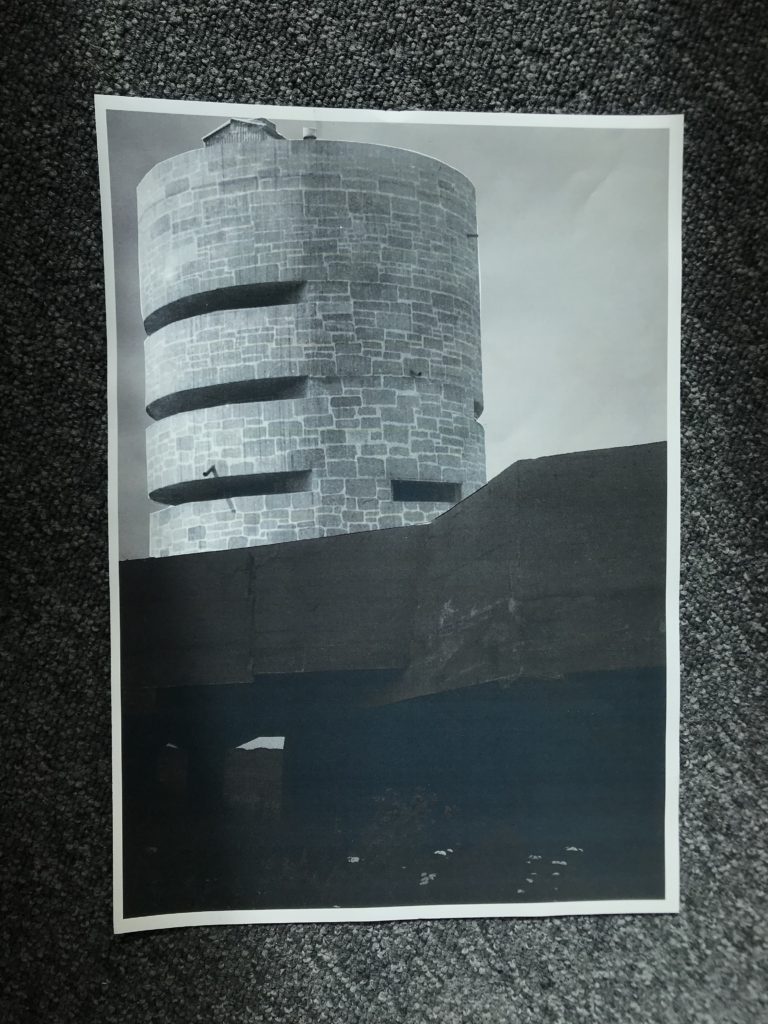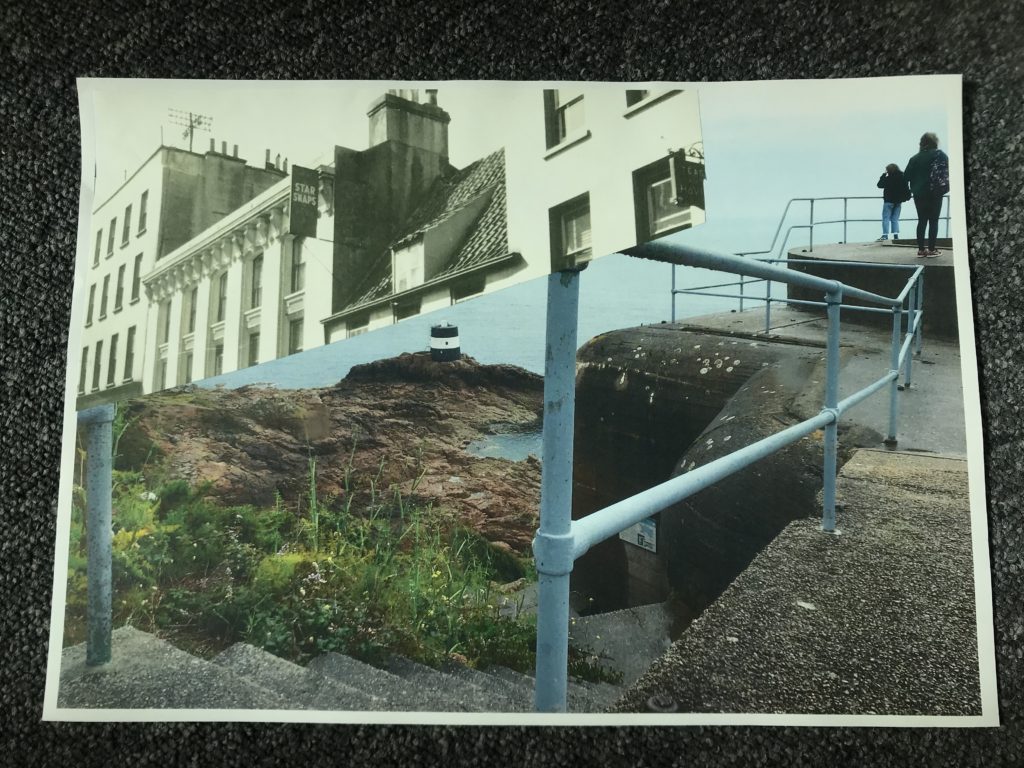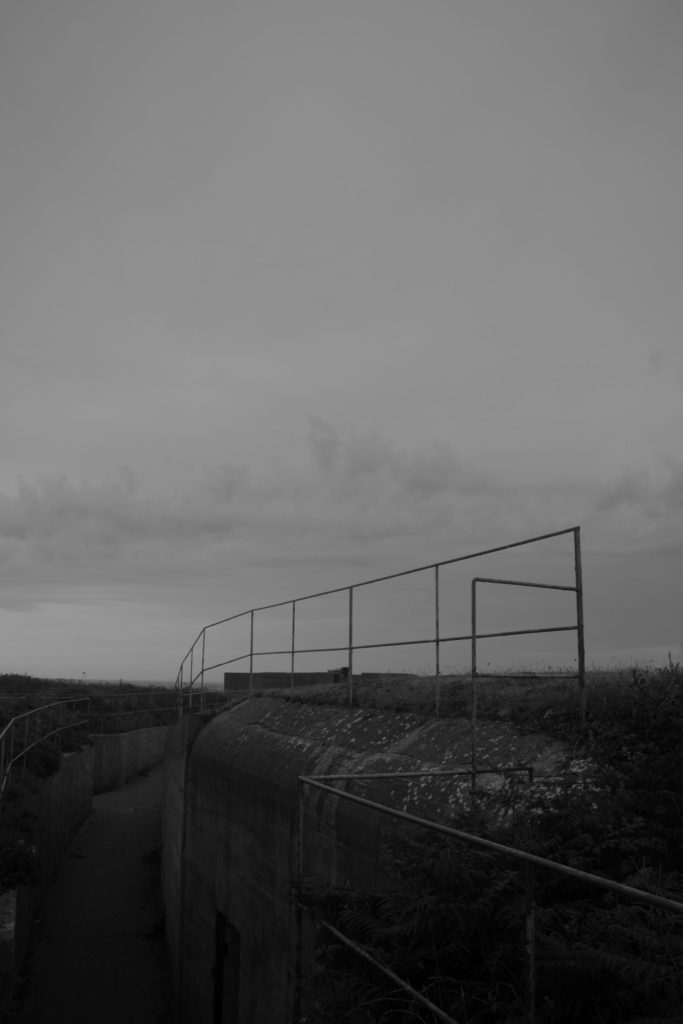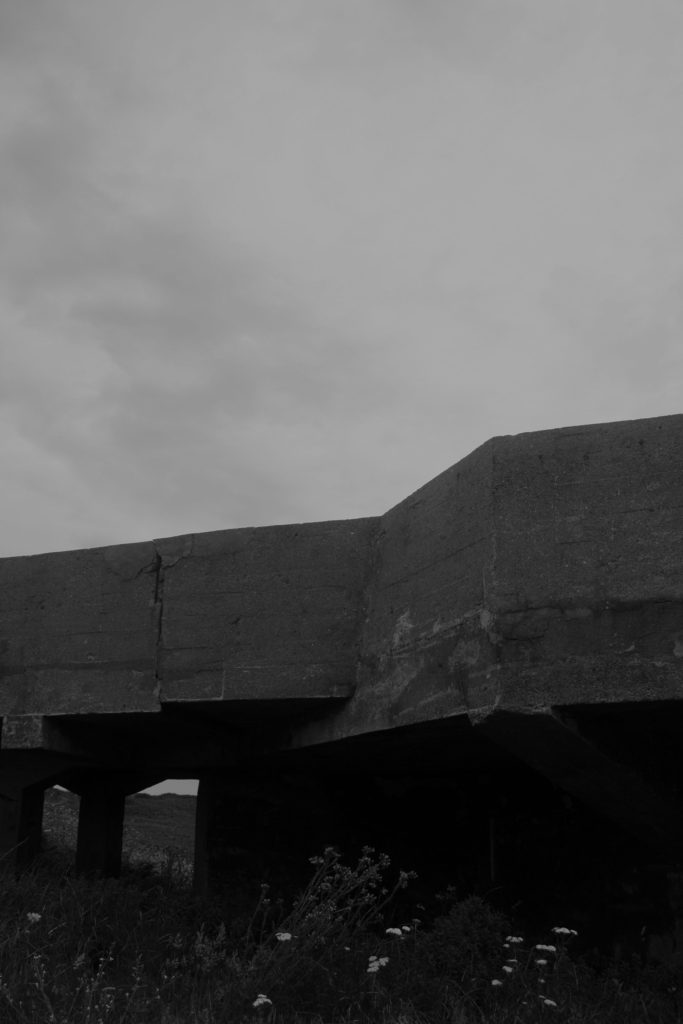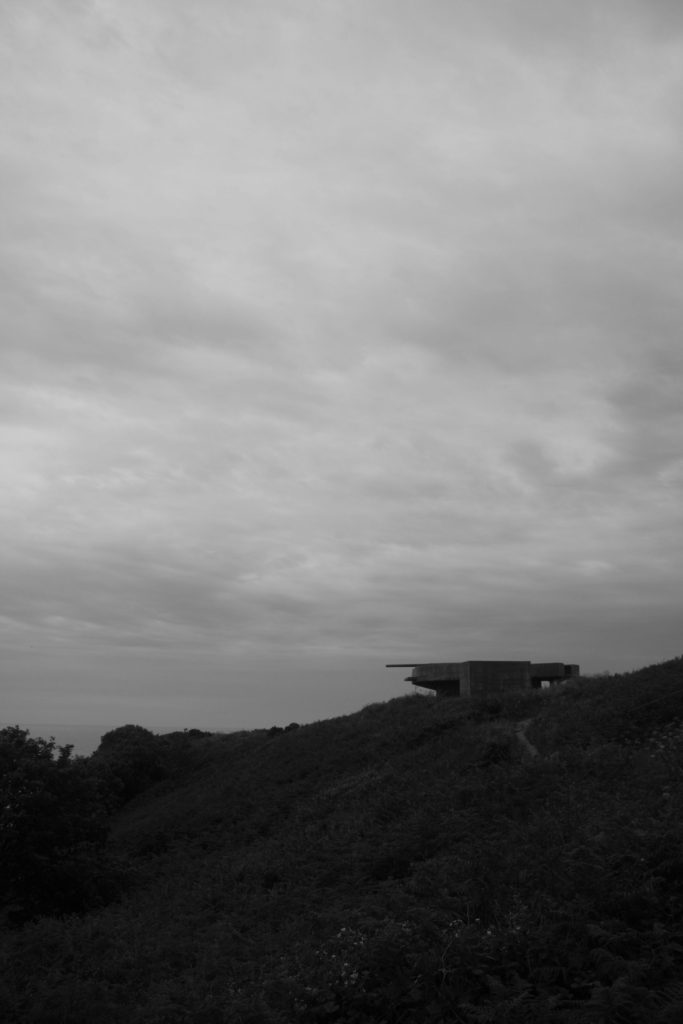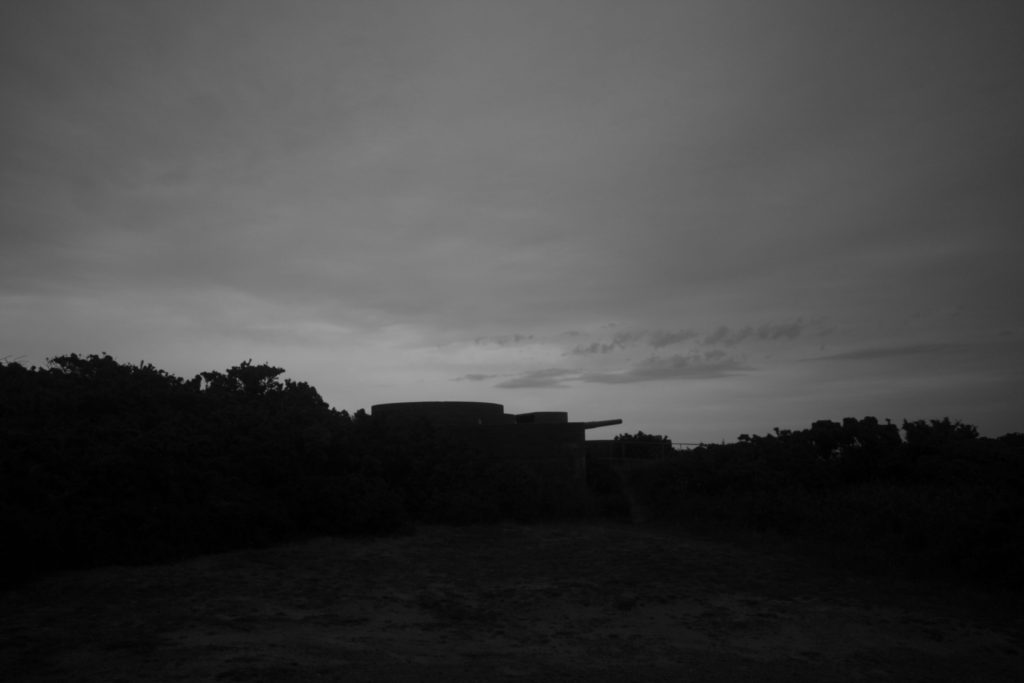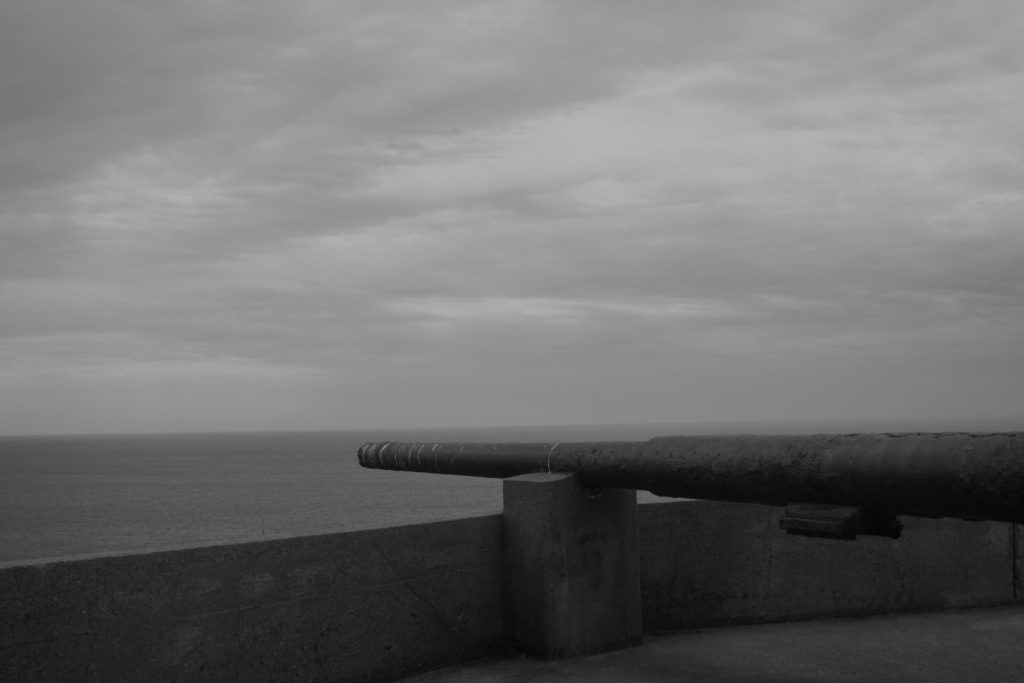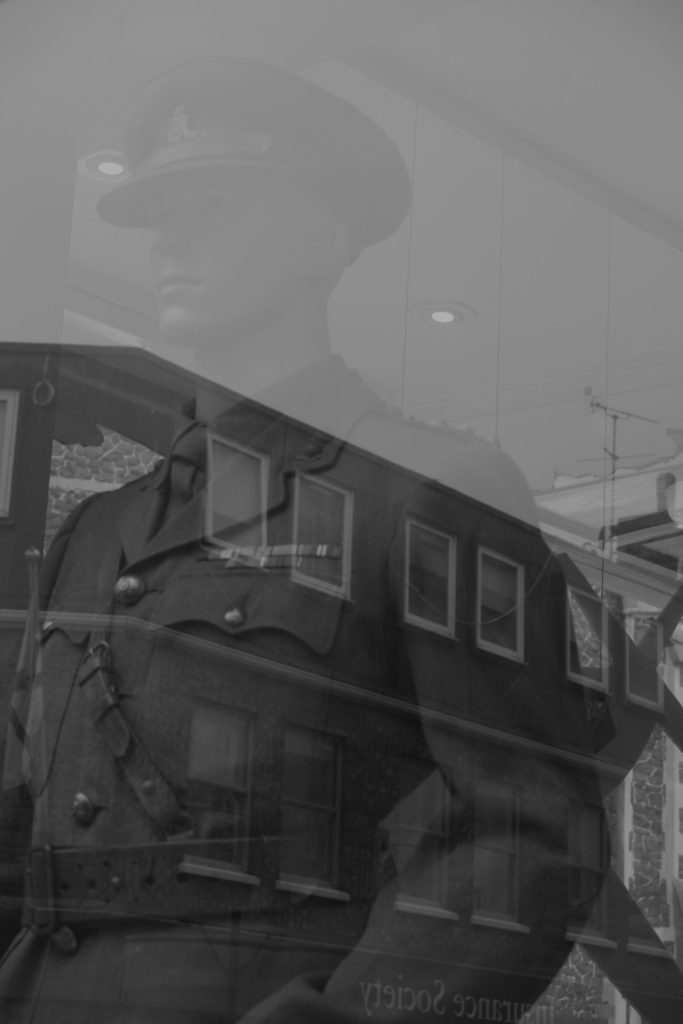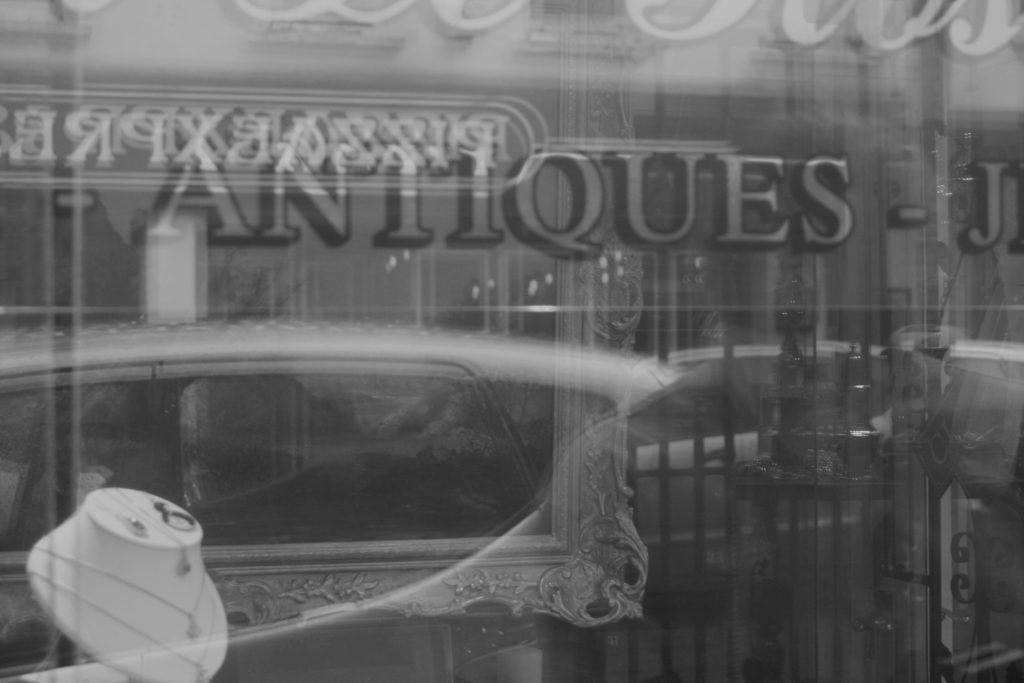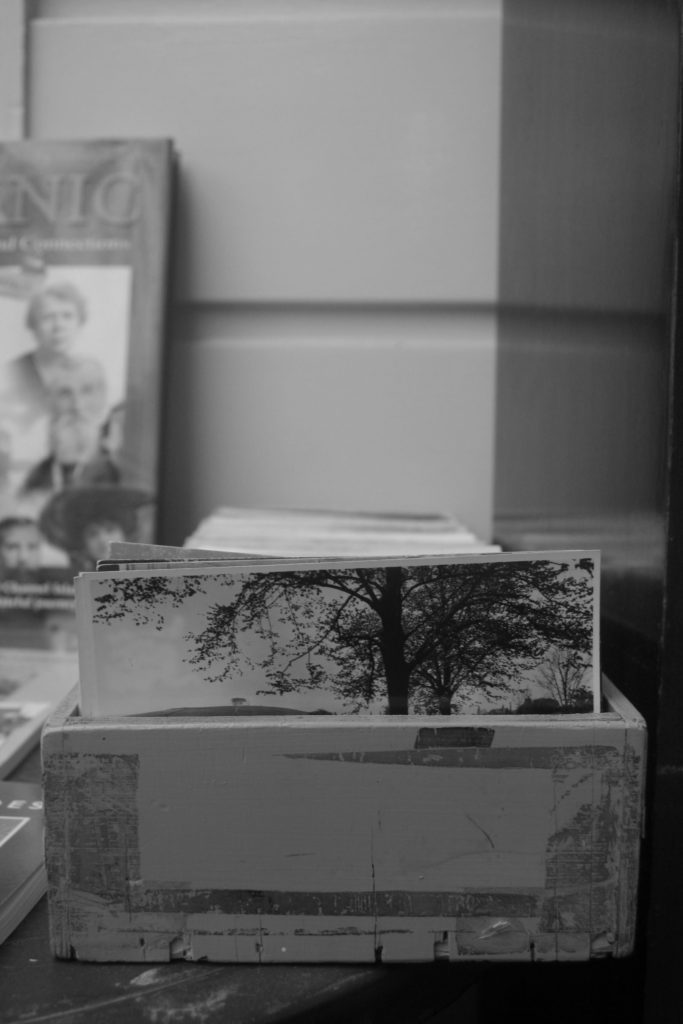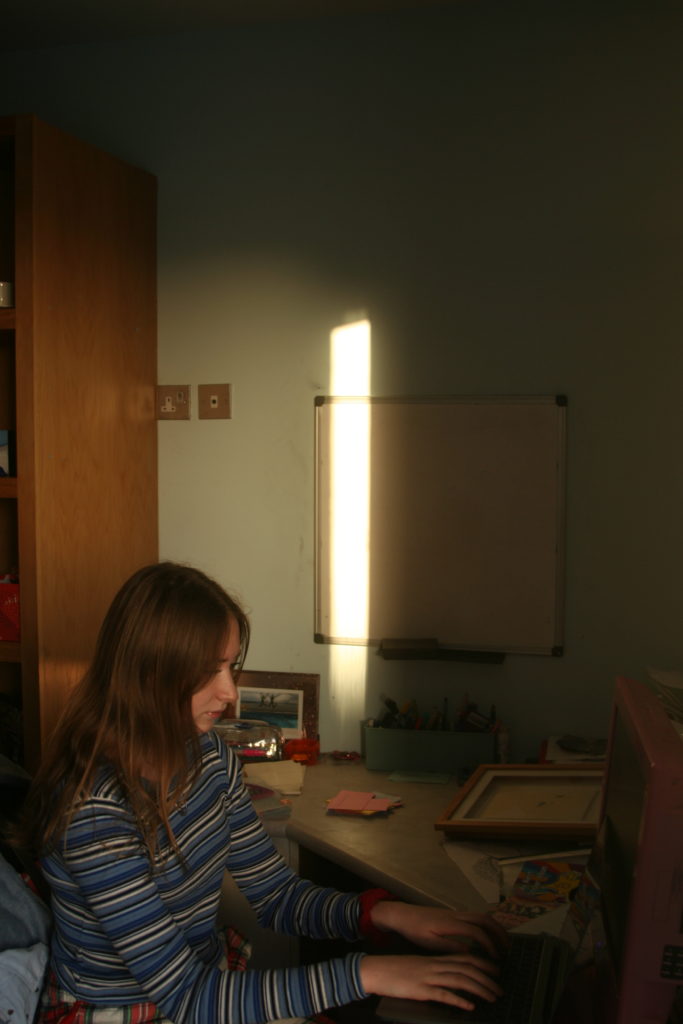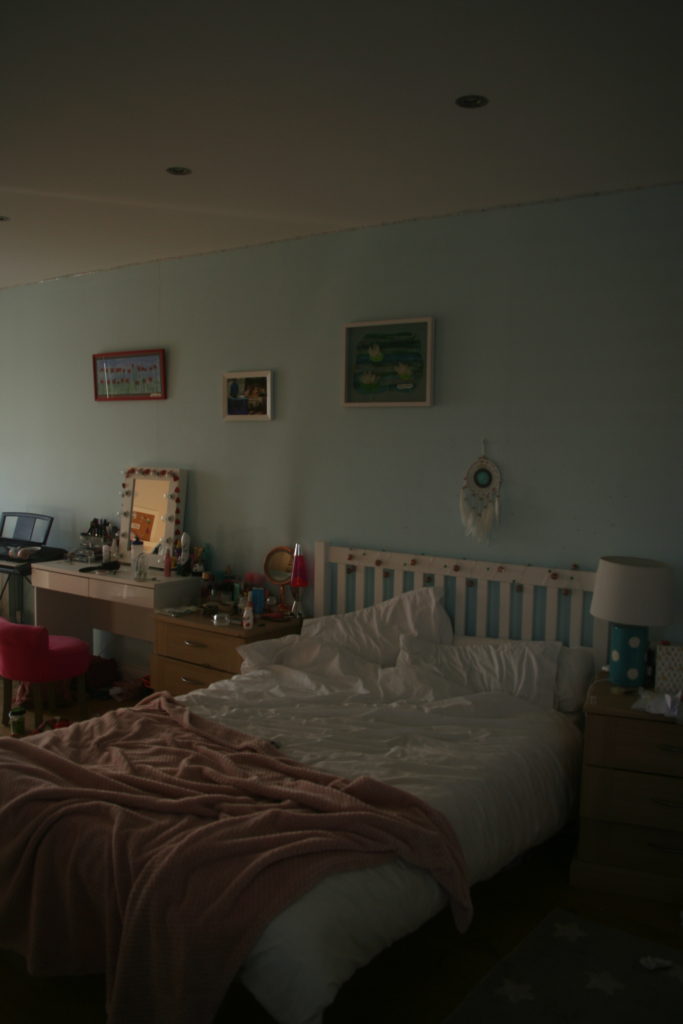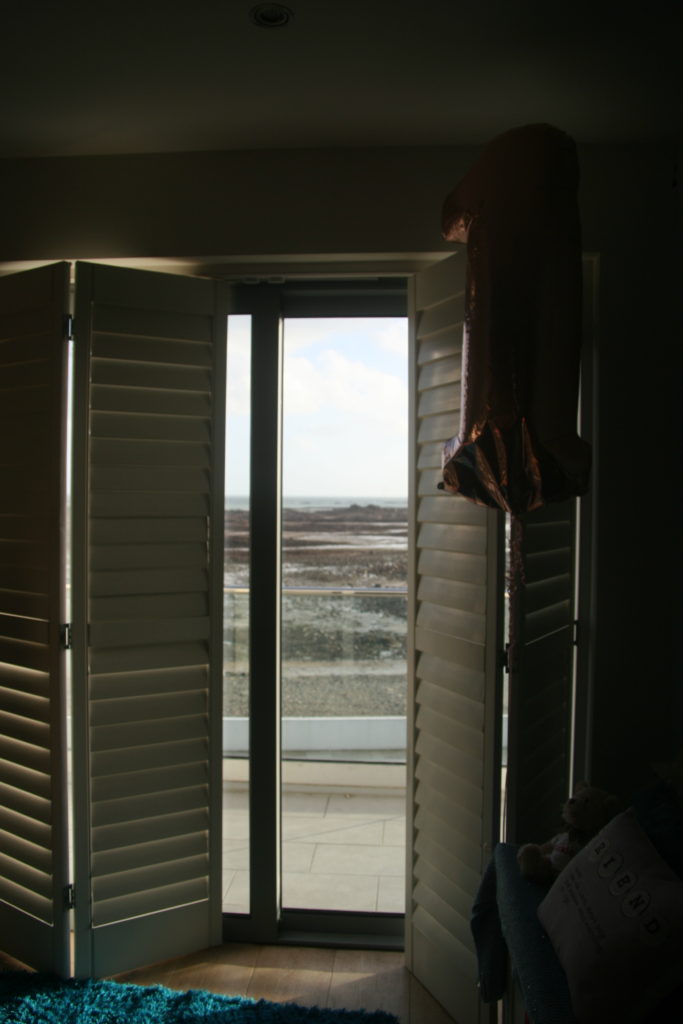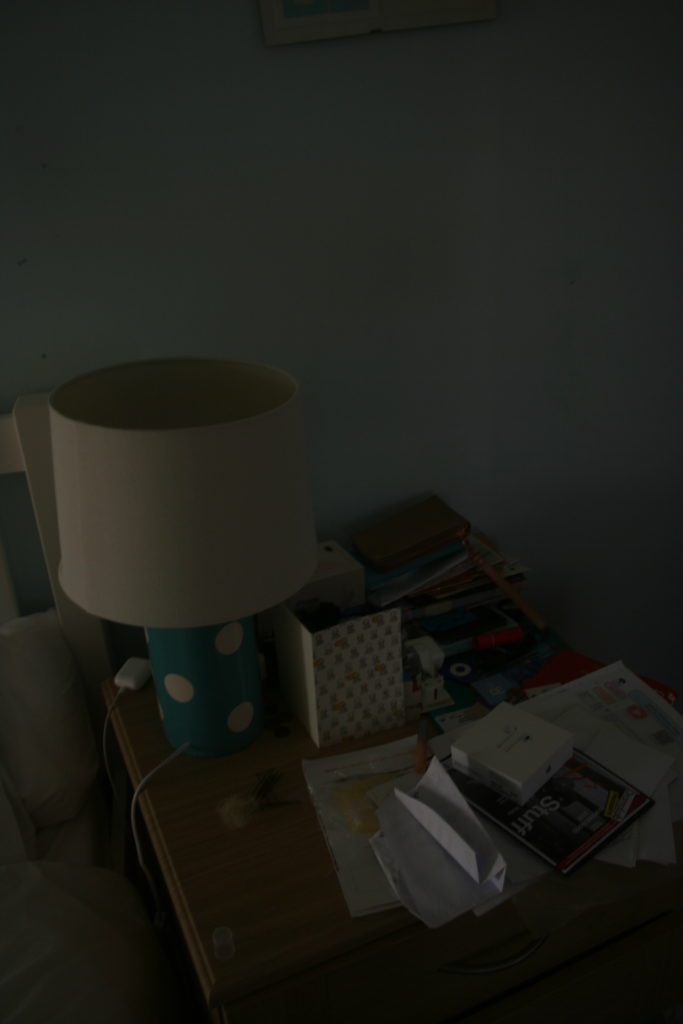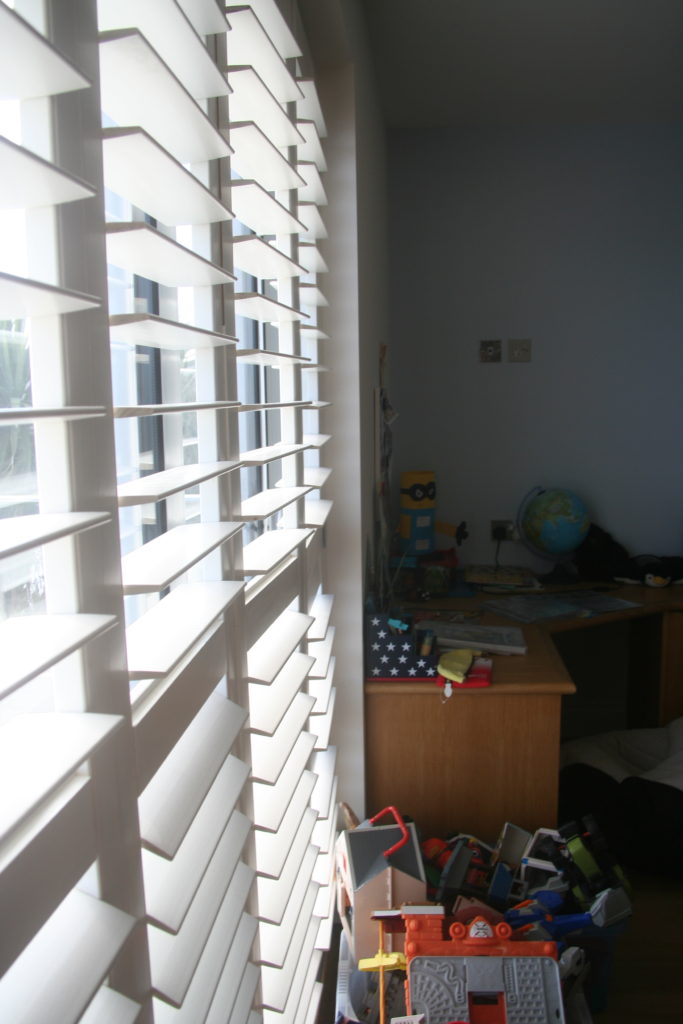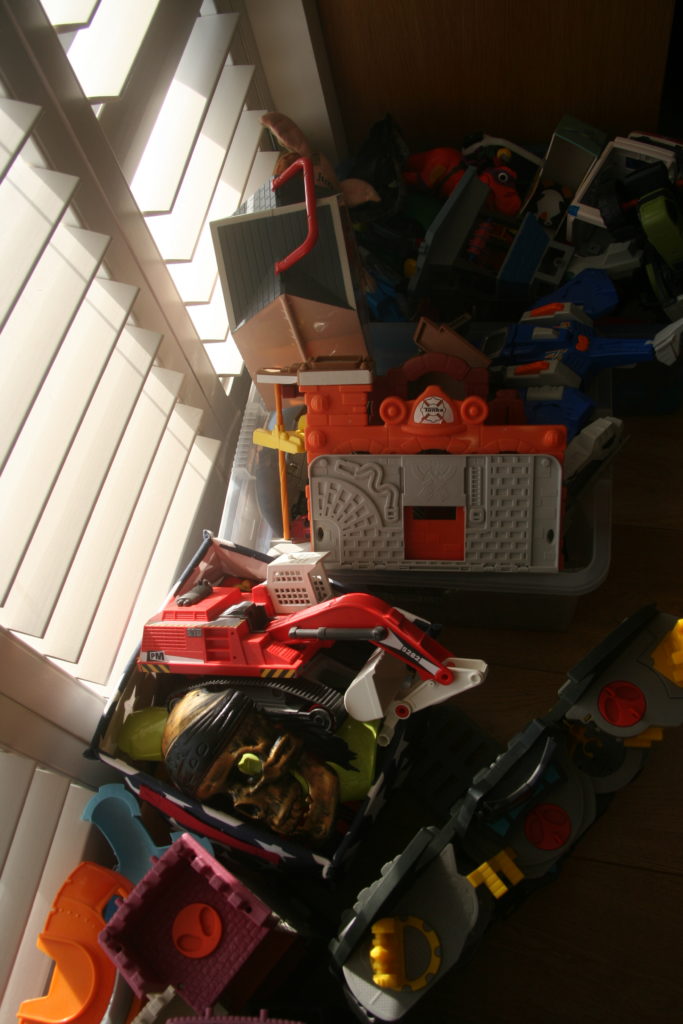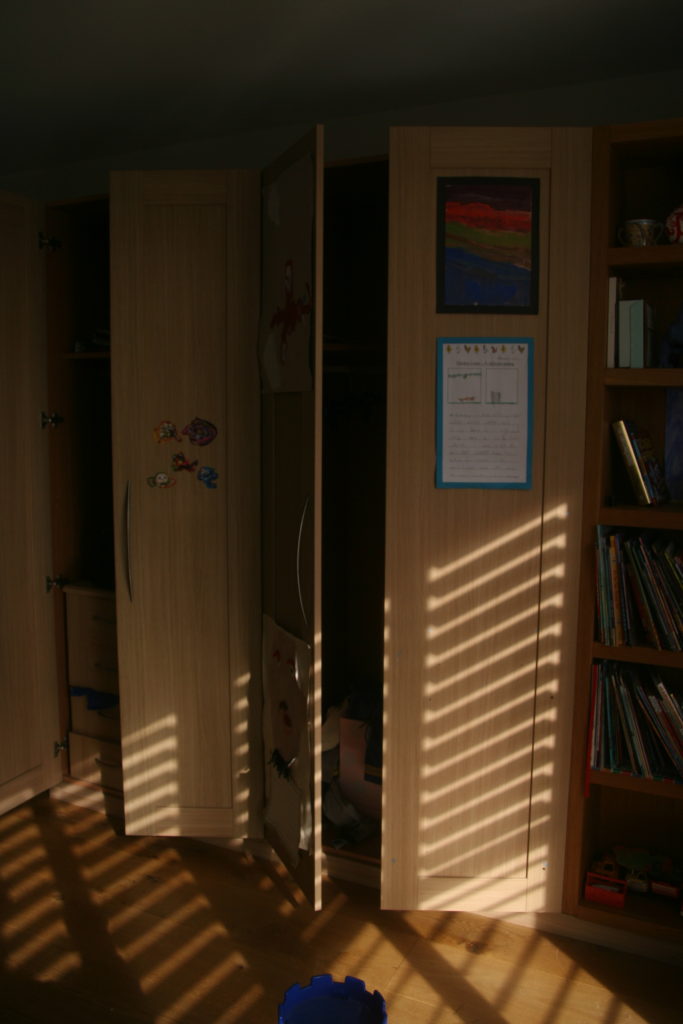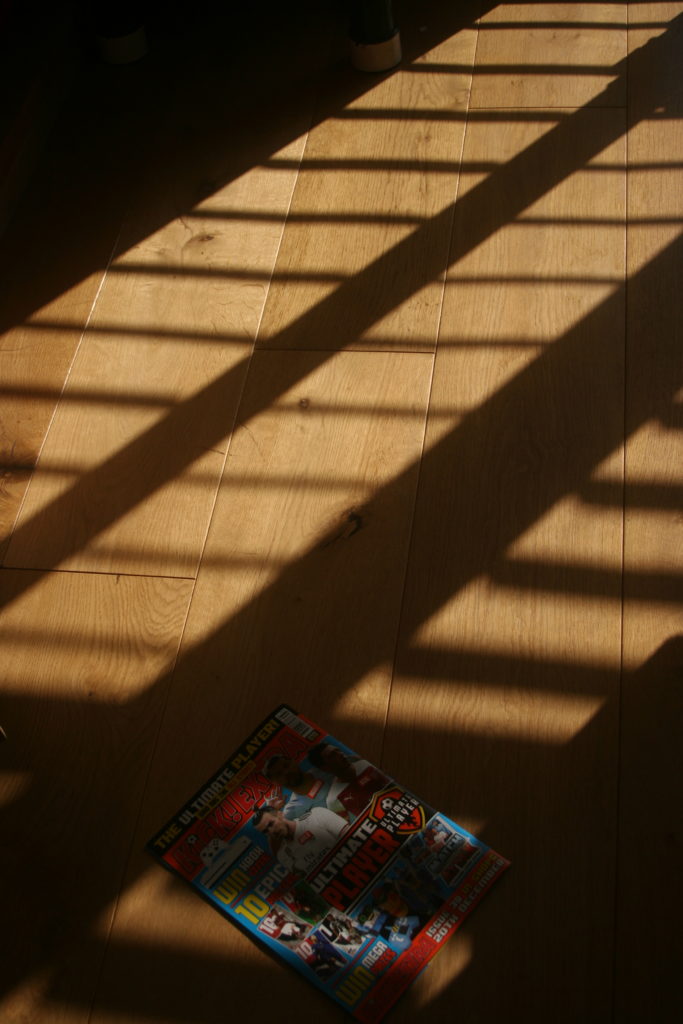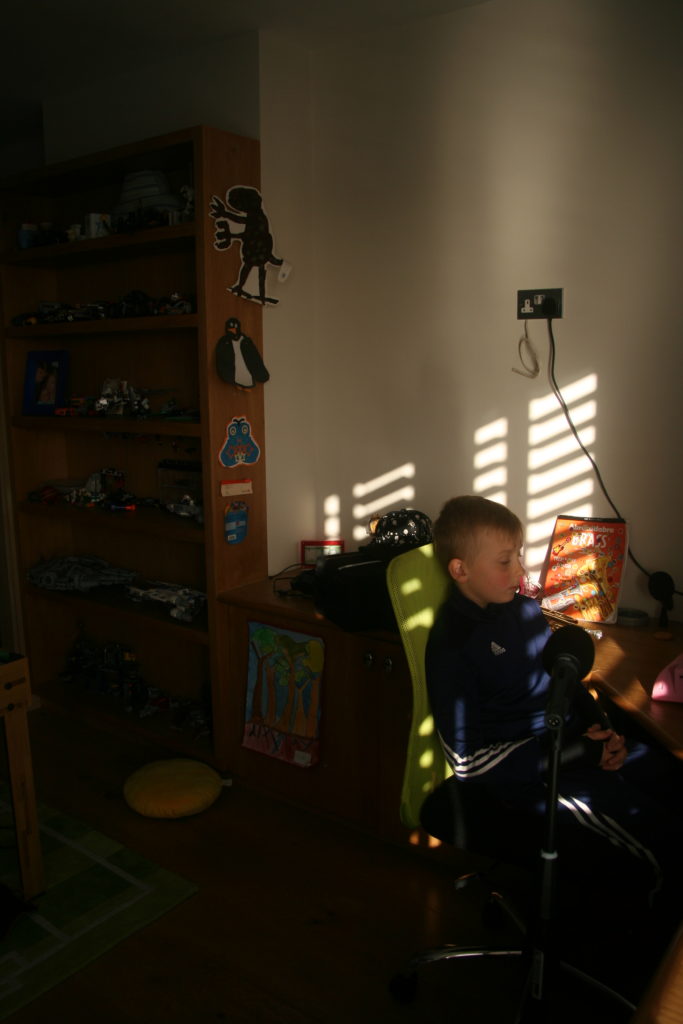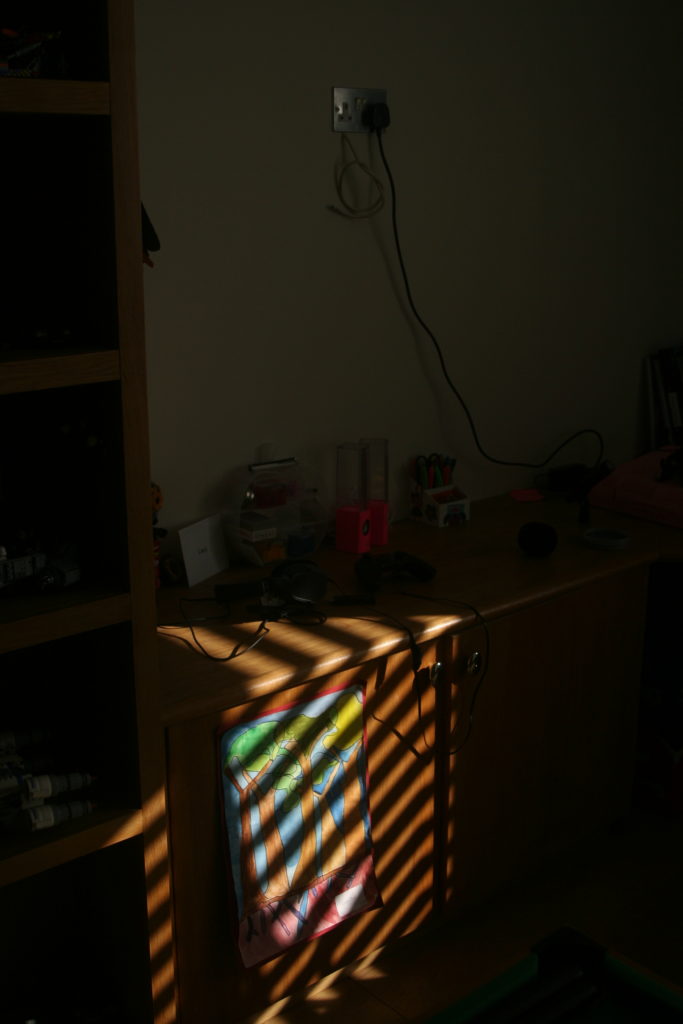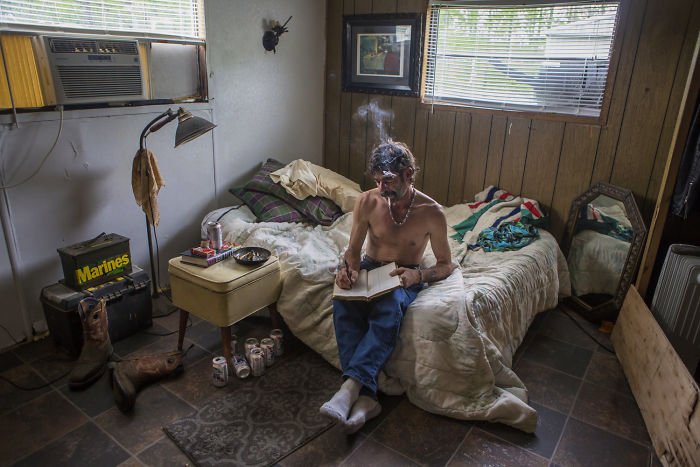Archives are accumulations of of historical records. An archives purpose is to conserve artifacts like document. photography and artwork. They differ from a library because they hold both published and unpublished documents. A person who works in archives is called an archivist. The study and practice of organizing, preserving, and providing access to information and materials in archives is called archival science. Archives are accumulations of of historical records. An archives purpose is to conserve artifacts like document. photography and artwork. They differ from a library because they hold both published and unpublished documents. A person who works in archives is called an archivist. The study and practice of organizing, preserving, and providing access to information and materials in archives is called archival science. Archives are accumulations of of historical records. An archives purpose is to conserve artifacts like document. photography and artwork. They differ from a library because they hold both published and unpublished documents. A person who works in archives is called an archivist. The study and practice of organizing, preserving, and providing access to information and materials in archives is called archival science.
Photography plays a double role in archives, one being the visual imagery and two being the story, they act as a narrative. Although a photograph is an image it also tells a story and provides evidence to historical narrative.
Roger Fenton was mentioned in David Bate’s extract named ‘Archives, Networks and Narratives’, it talks about how archives create an historical narrative via the memories savored in the artifacts. He was one of the first war photographers, he was born in 1819 into a Lancashire merchant family. He first started out being interested in art and gaining a degree in the subject but later was became intrigued by the new technology of photography after having seen early examples at ‘The Great Exhibition’ in 1851. In 1854 he became the British museums first photographer by documenting its artifacts, similarly to how an archive collects artifacts. Fenton started as a photographer of cuneiform tablets which are one of the earliest systems of writing invented by the Sumerians, once he started working for the British Museum he began to take pictures of other antiques. His time at the museum ended when money became scarce. In David Bate’s extract he talks about how photos act as a collected artifacts that we display in museums but also how a single photo is a form of archive in its own way. A quote from Bate’s extract that really stands out to me is ‘Archive photographs not only record objects and events, they also produce a meta-archive, with meanings that can be mobilised in other times and new contexts.’ I feel this highlights the idea of the double role of archives, on the surface they are just a place to preserve documents but the more you explore them, the more you find meaning behind the photos being stored.
Sadly, I feel that in the future archives won’t be so common because social media is such a big part of our lives and we share picture with everyone constantly whether it be on snapchat or instagram etc. Nowadays we just save our pictures onto the cloud to look back to in the future to remember old times. I feel as if my generation has luckily just missed the whole digital age as I do have physical film camera photos of me as a young child but my youngest siblings don’t really have any printed pictures, they are all on phones. Physically having a photo to hold in my opinion is more nostalgic and sentimental, I don’t feel that having photos on my camera roll hold as much value as a paper photo does.
Archival material will help to enrich my personal study by giving me a more in depth idea into the types of photography in the occupation, what the photographers at the time thought we essential to capture as a photo. It also highlights the importance of preserving and storing these images as a reminder of the Islands past and how much we have developed photography technology and how much the landscape has changed. For instance I will be able to identify certain landscapes in Jersey when they were in the occupation and compare tit to how it currently looks. As well as that it could provide insight into my family history and how they lived during the occupation in Jersey, this interests me as I want to know more personally about experiences along with photography, I think it would be useful to research into peoples first hand accounts of what Jersey was like in the occupation, these types of documents can be found in the Jersey Heritage Archives.Seeing raw photos from the time of Jersey’s occupation gives you more an insight into what photography was like back then, the techniques, the focal points, the people.
Looking at the archives was resourceful because it made me aware of the archive system, how it works and how you can obtain the documents for personal usage. Ir’s also just useful to know that we can as students use the photos as references to our work as I was previously unaware we could do so.
To conclude I have learnt from the trip what its like to conserve documents and the importance they hold to keeping Jersey’s history alive. Also that you don’t just put the photos in a box and leave them be, it actually involves maintenance to preserve them, I was unaware that the Societe Jeraise even existed so I have discovered a useful resource for this project. Overall I have just gained more of an appreciation for archives, even though I’m not hugely into history it is intriguing to see what Jersey used to be like and how photographers of that time used what they had to their advantage to capture the harsh truth of the occupation, in my opinion they had real guts for what they did, it can’t have been easy to do that for a living in such sad and prejudice times. Without these photographers we wouldn’t have the simplistic idea of what Jersey used to look like, we would only be able to assume and interpret. It’s very helpful for photographers these days to take old sources and base their work on them for inspiration.



